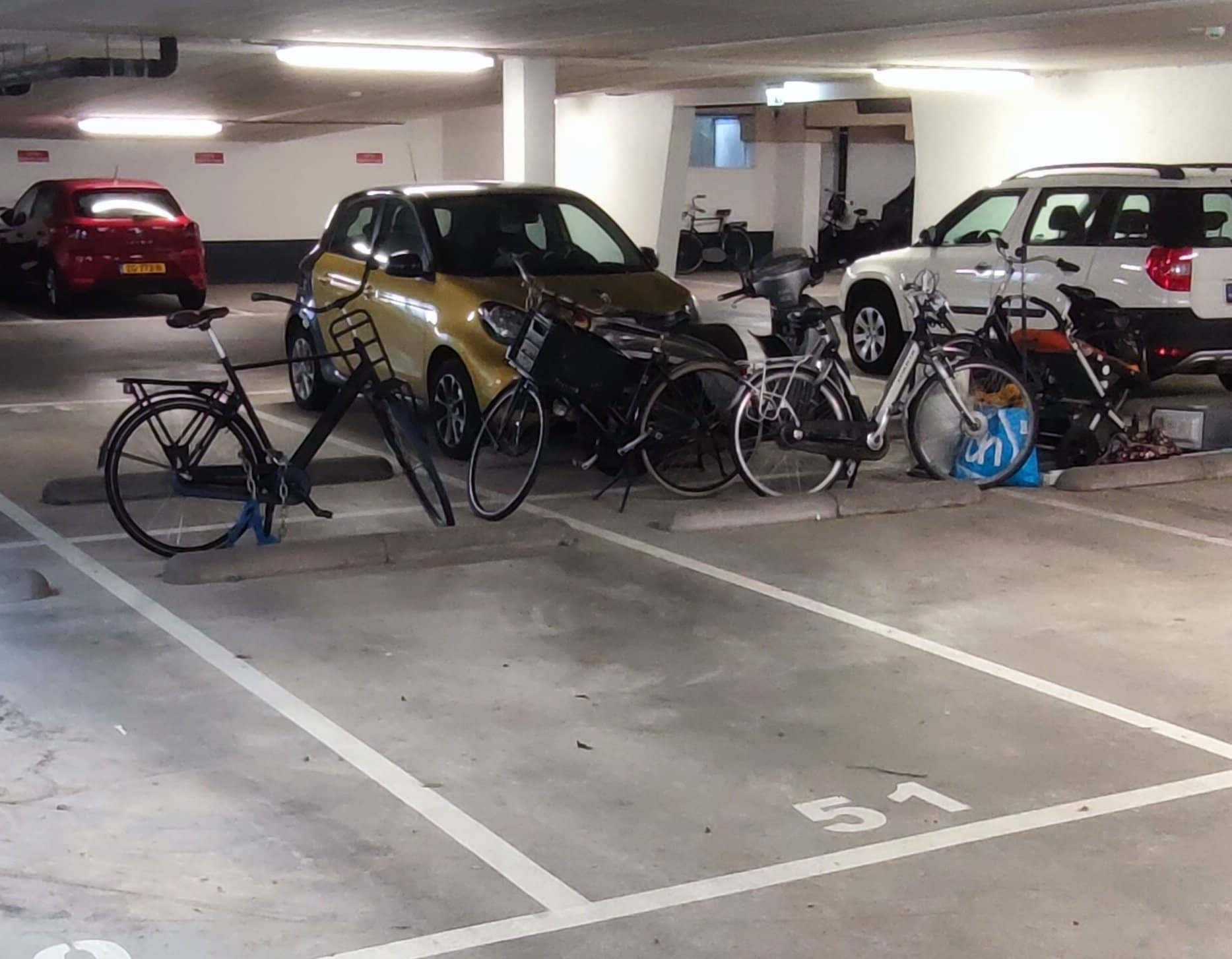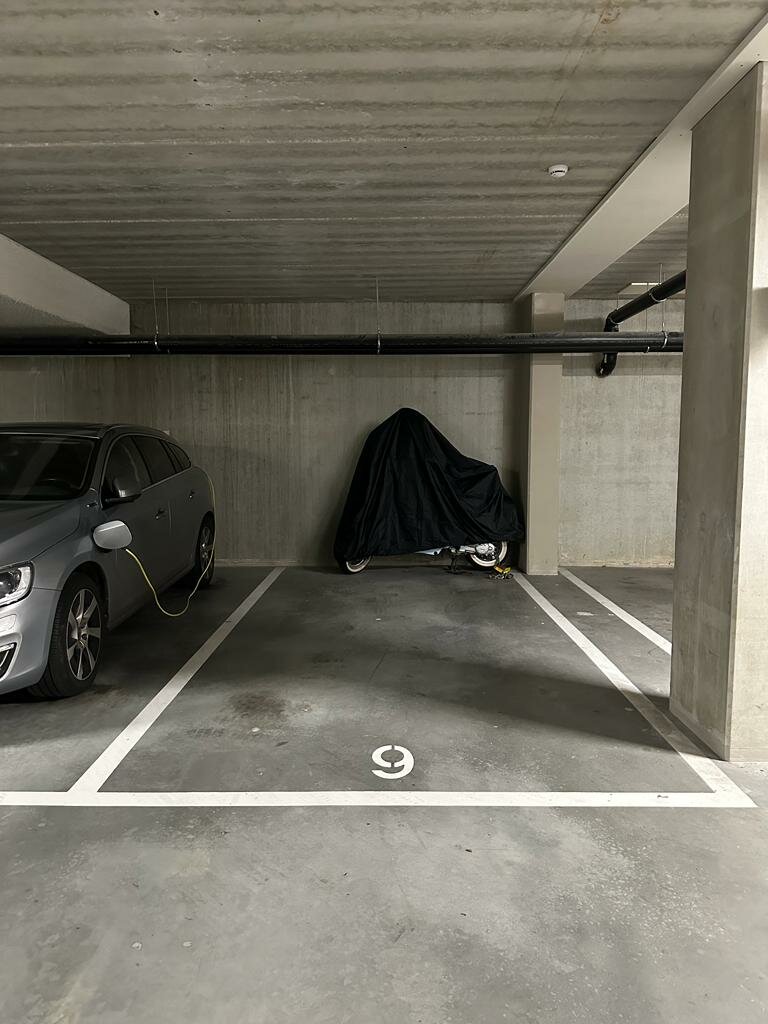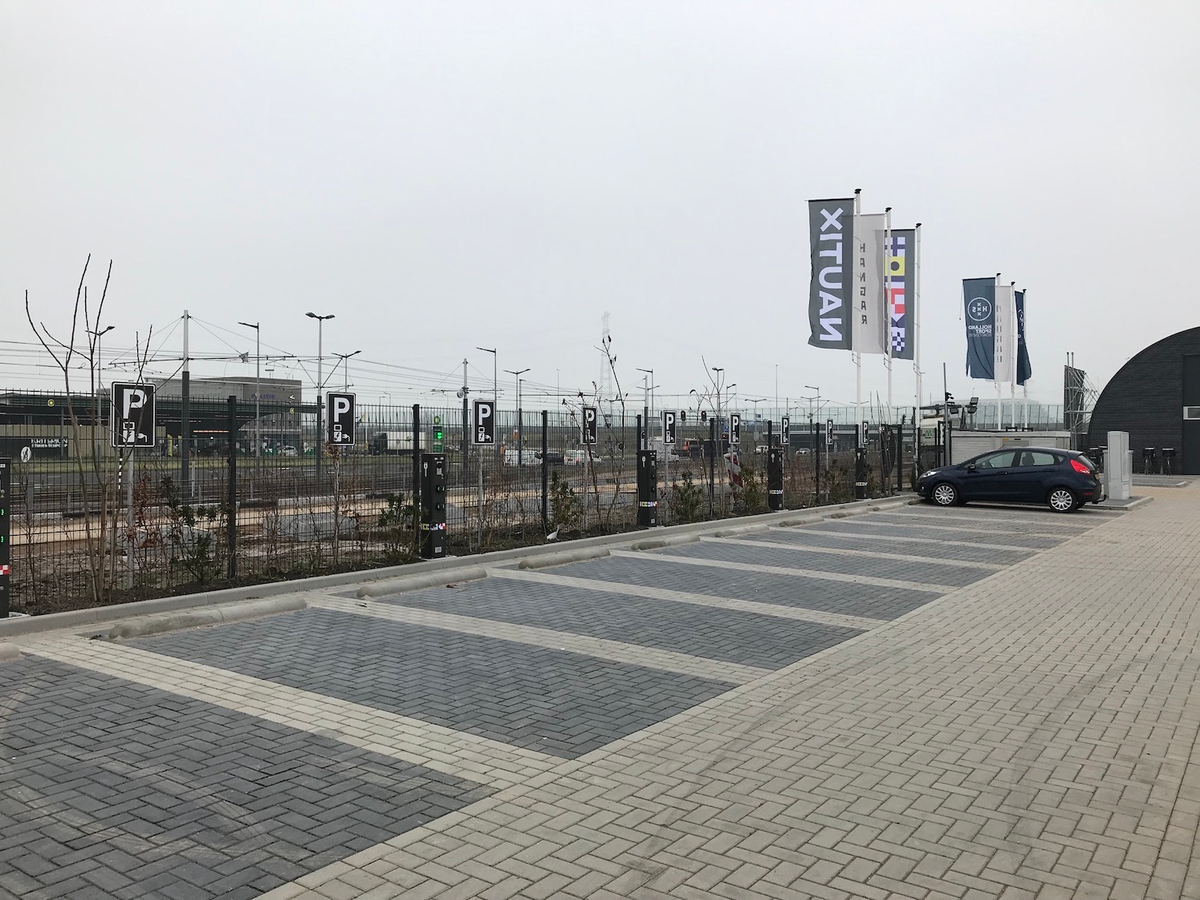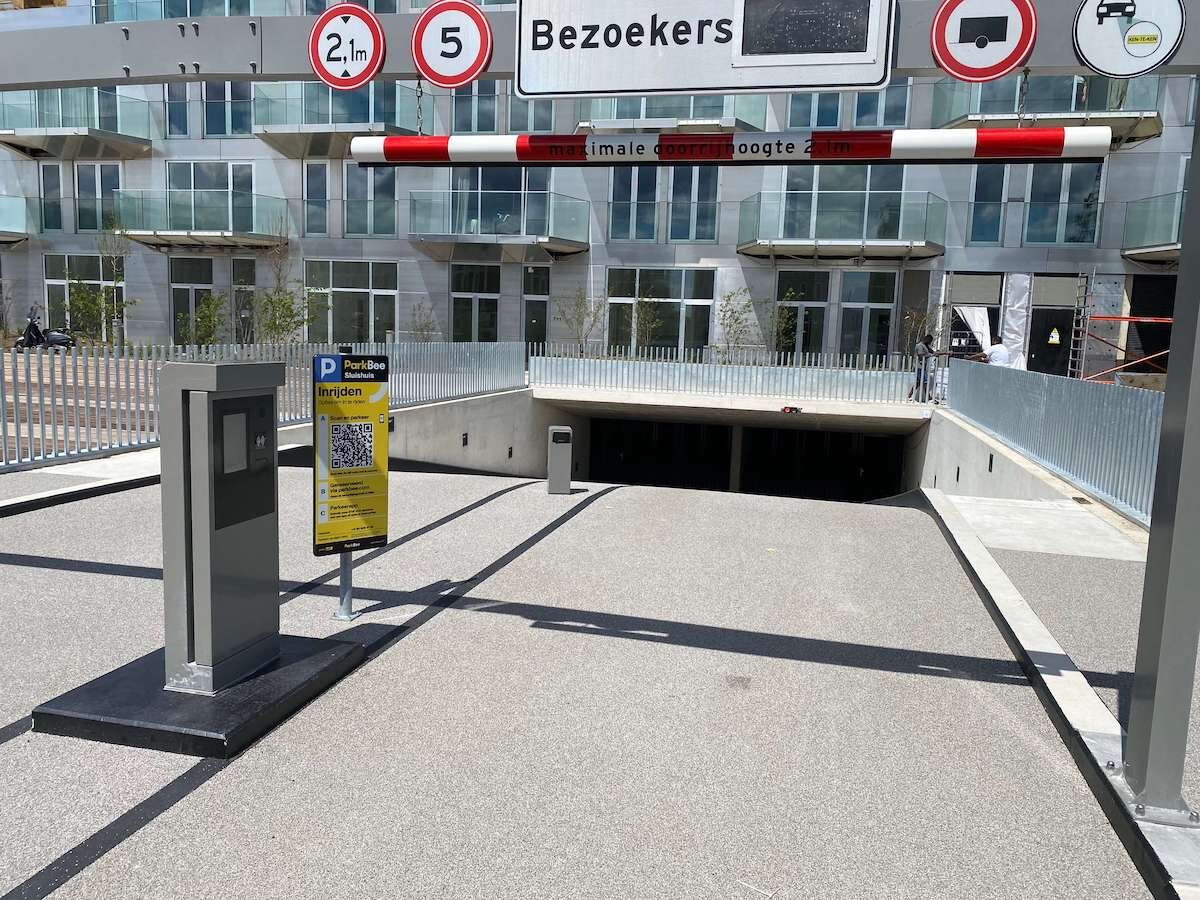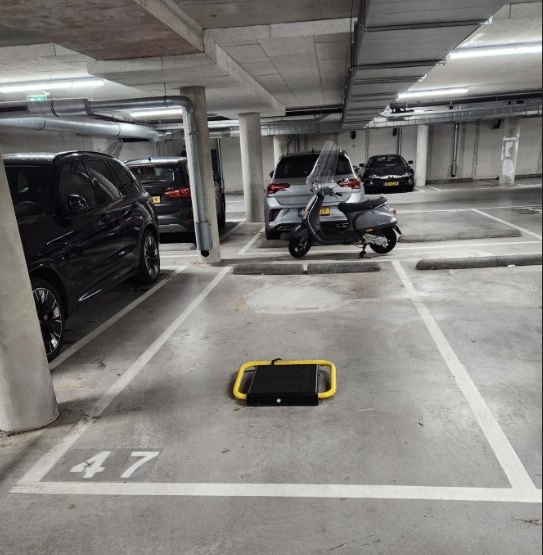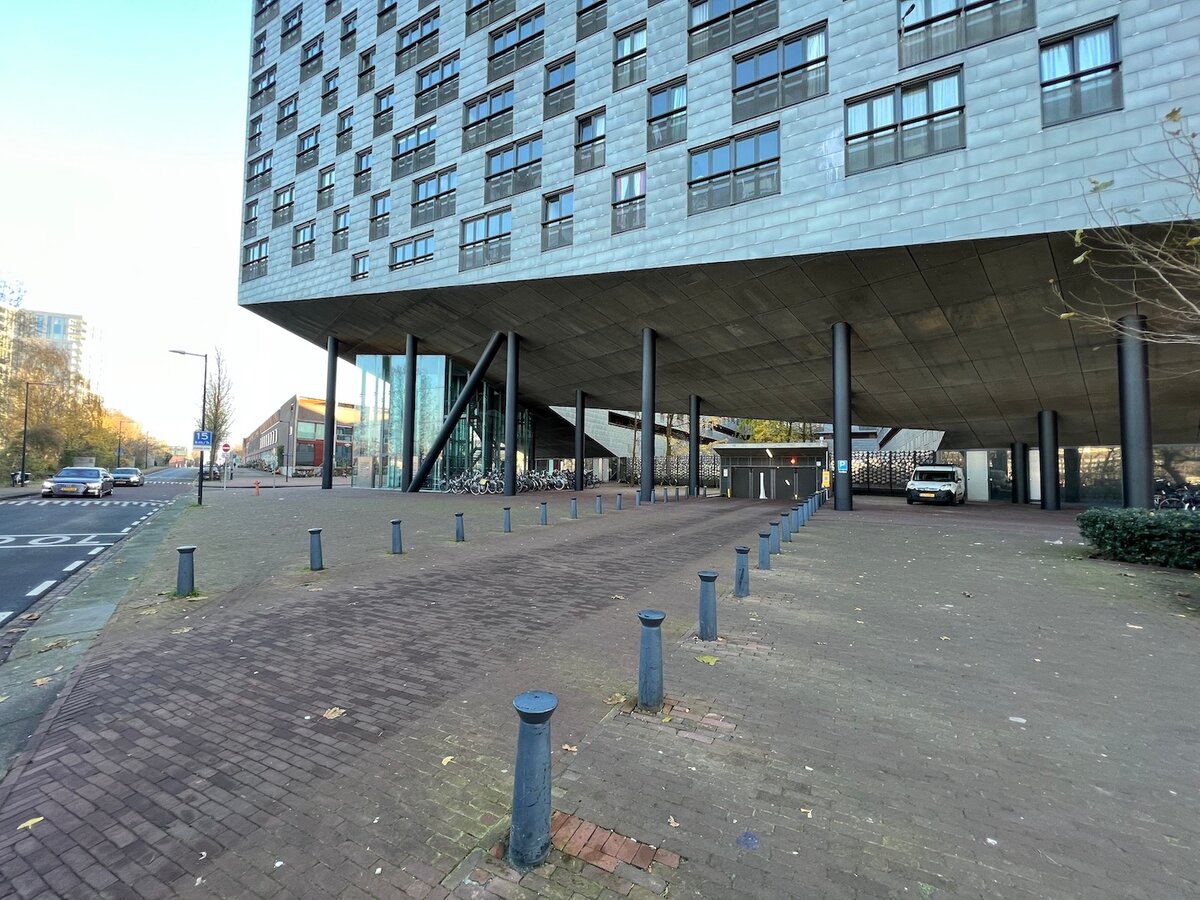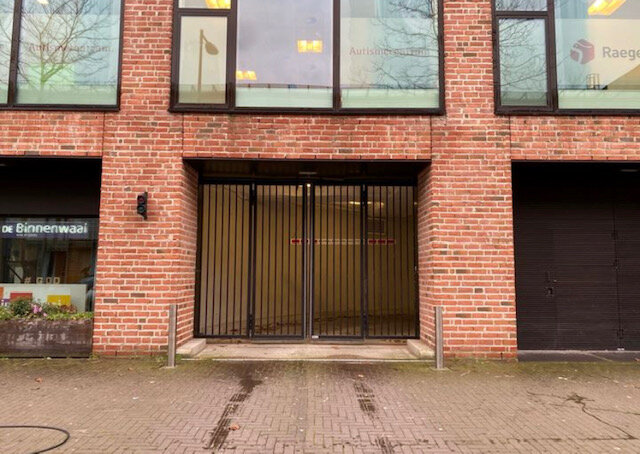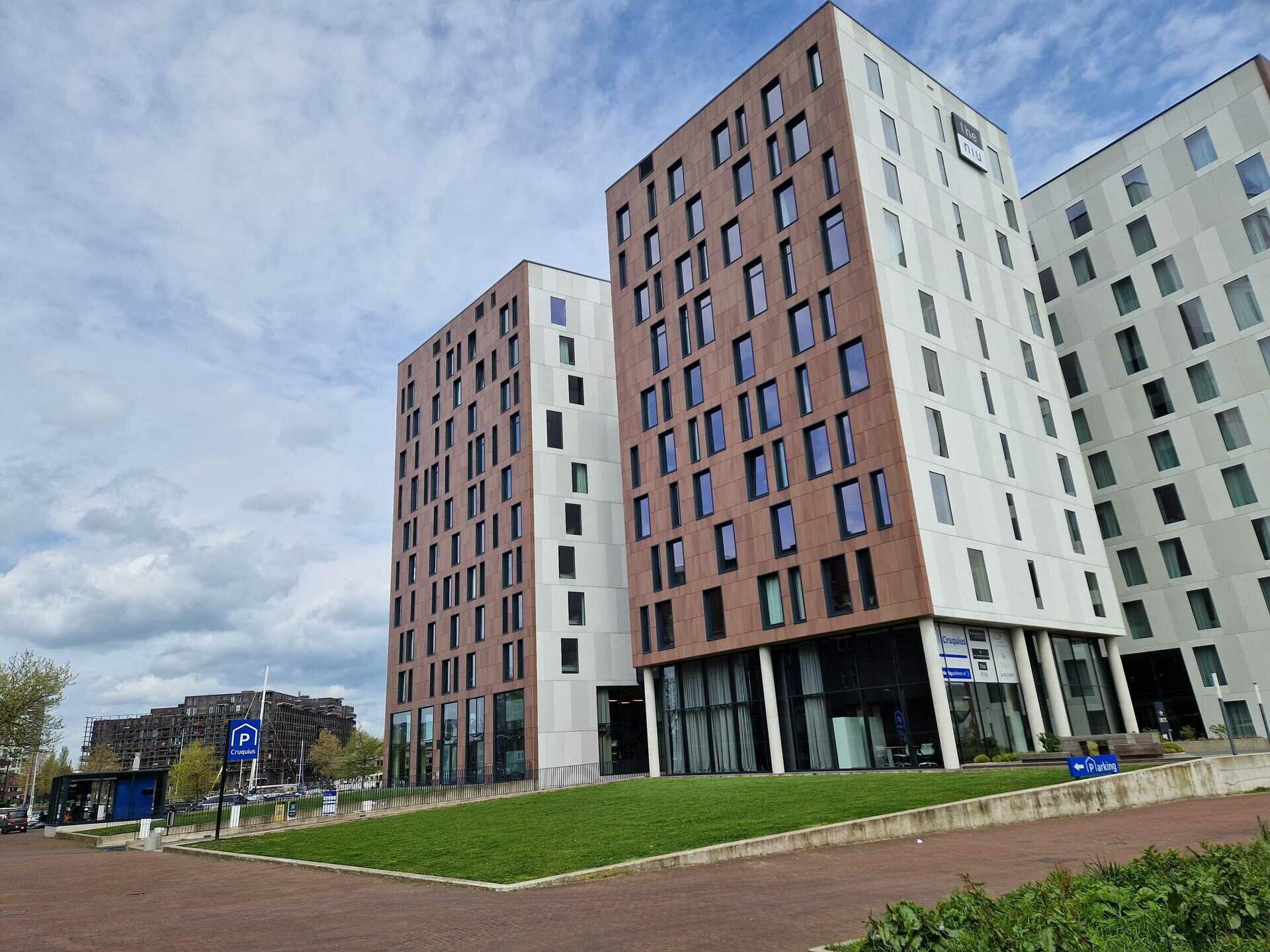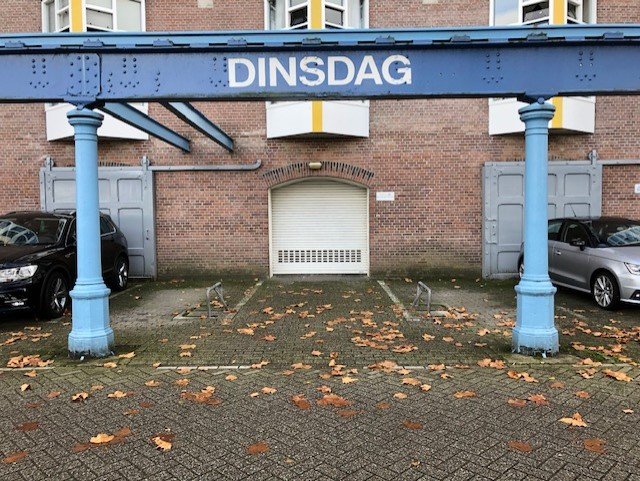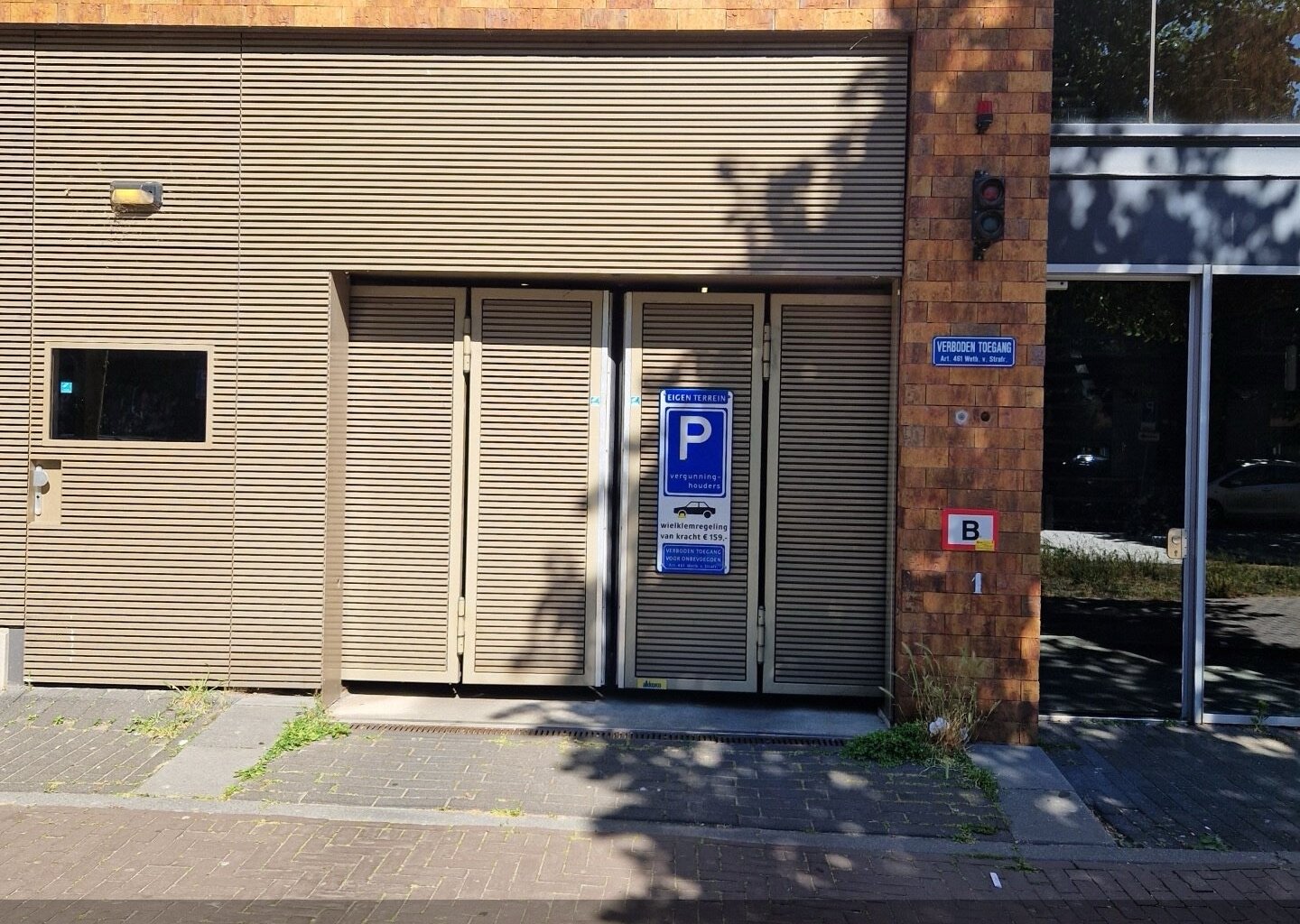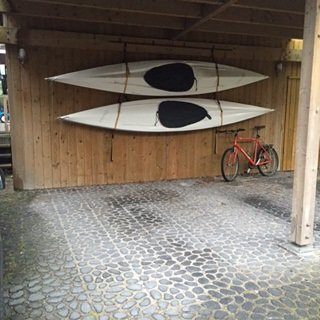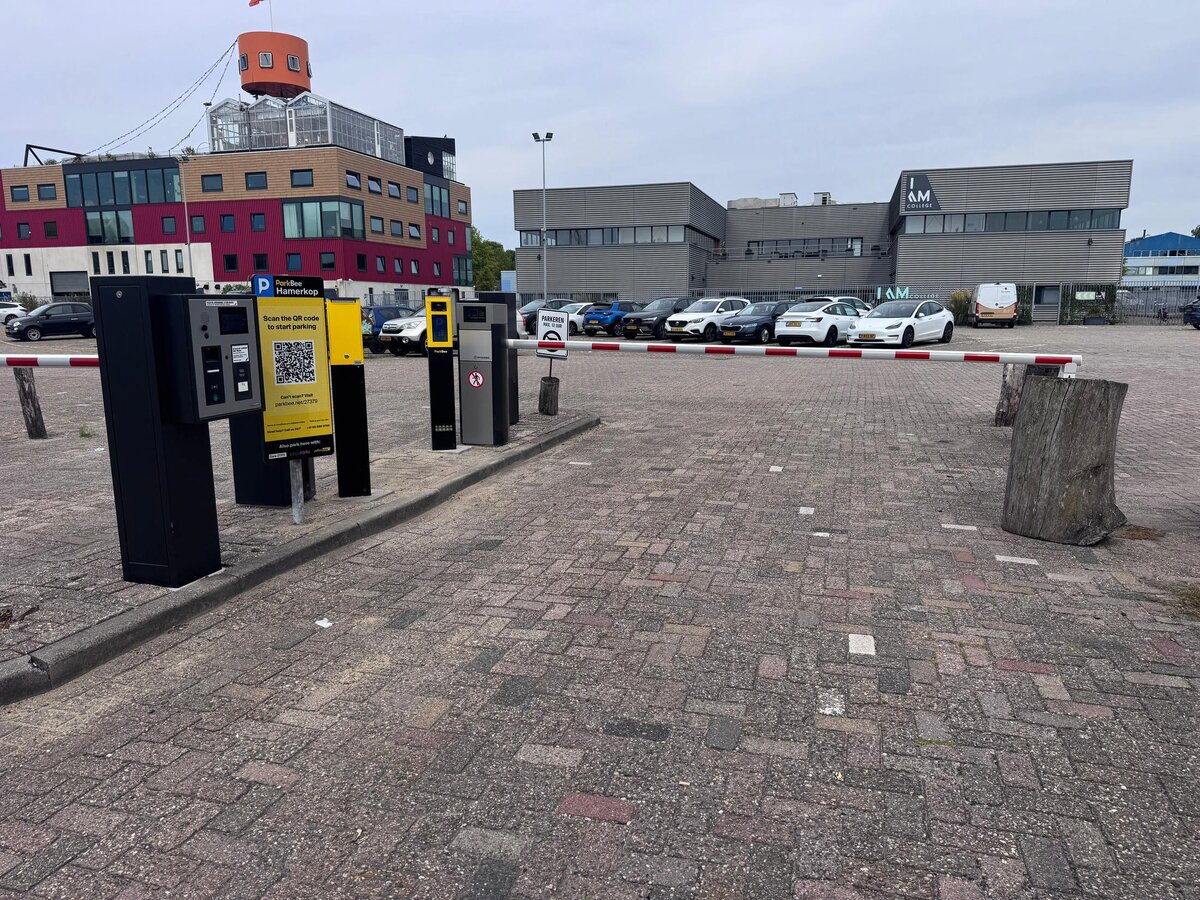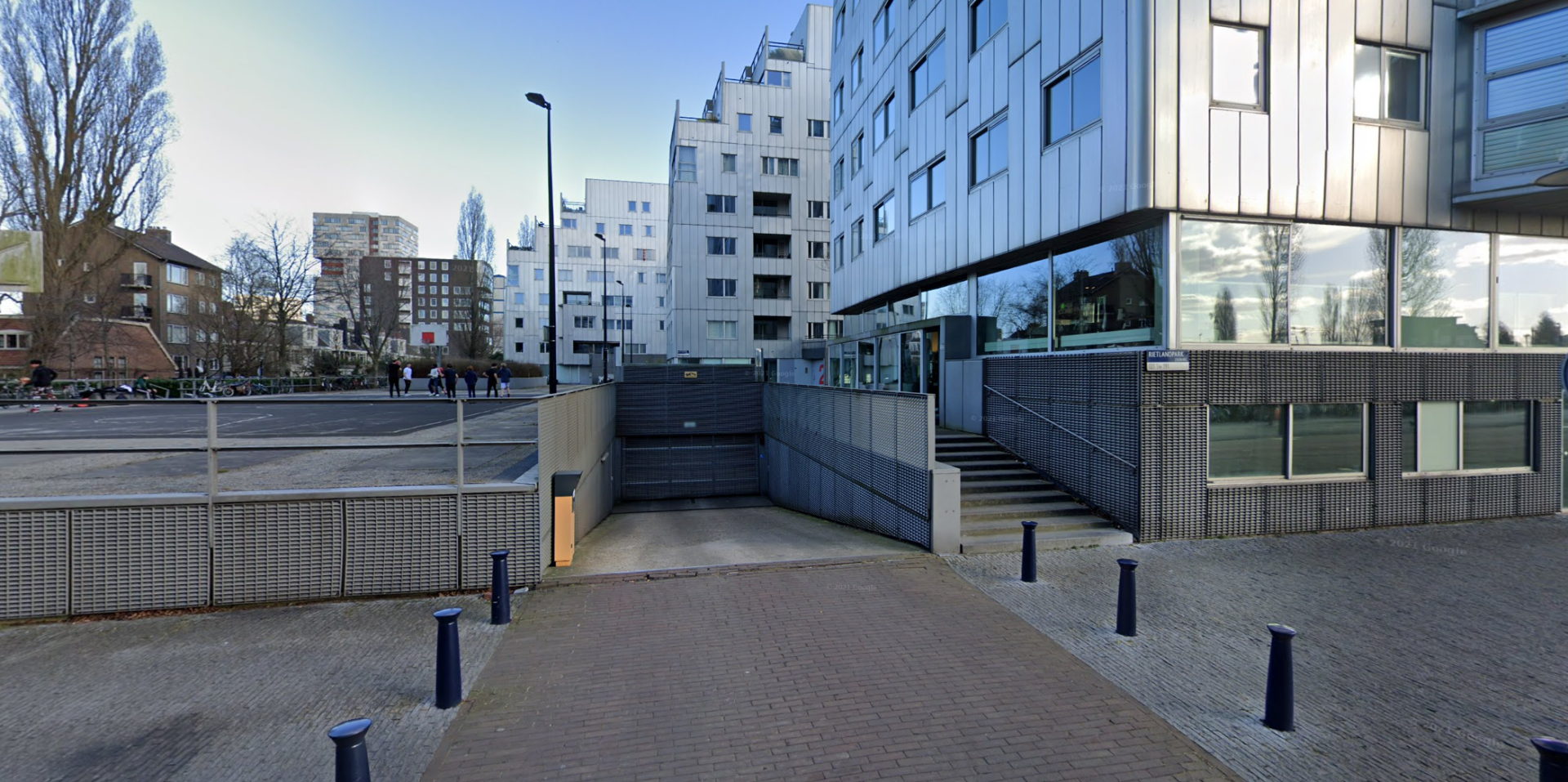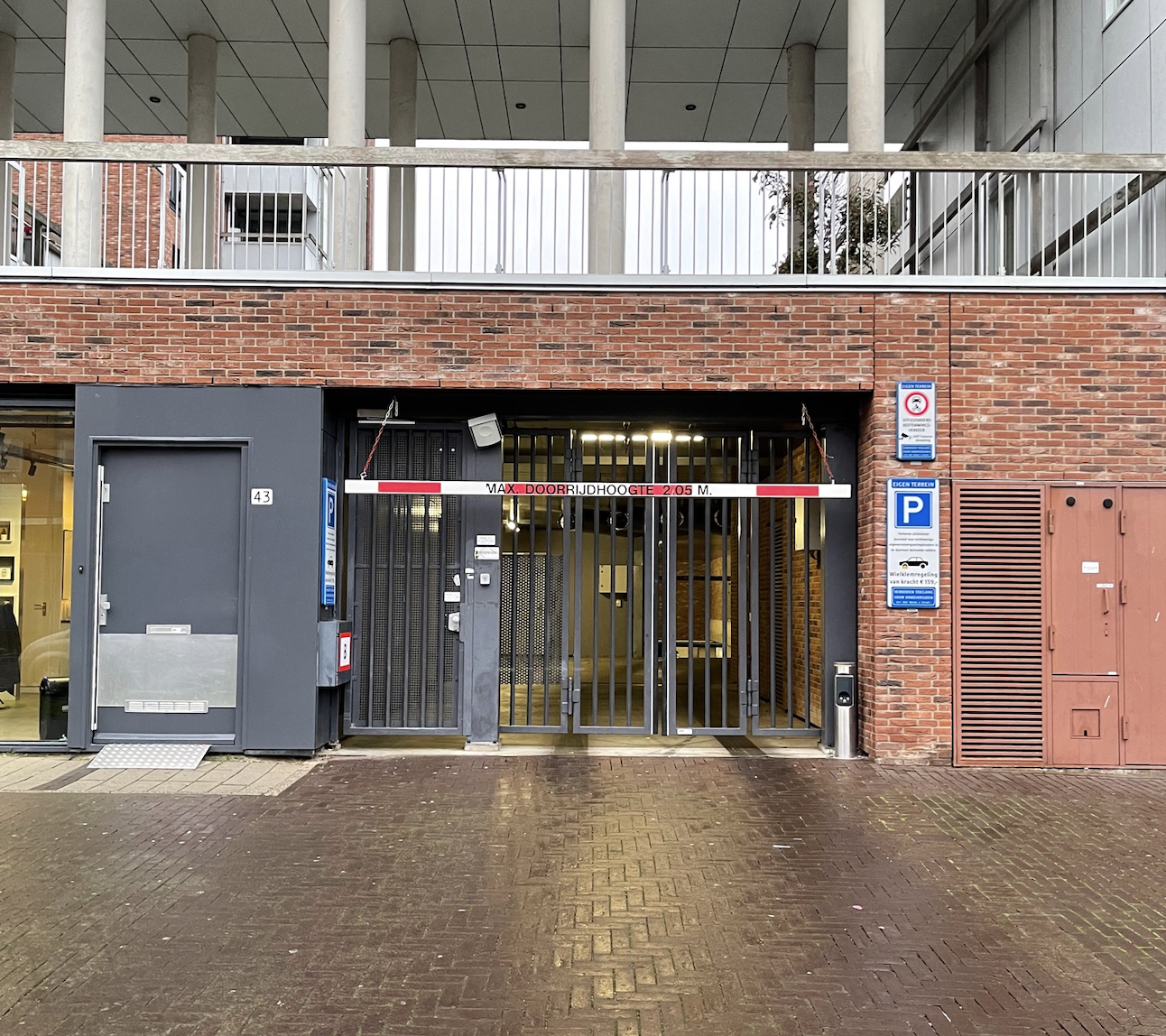





Find parking near Waterland, Amsterdam Noord, Amsterdam
Waterland is part of the Dutch province North Holland. Waterland is a low-lying area of peat meadows that's crisscrossed with canals and other waterways. The ground was originally made up of peat, which was deposited by the sea. A layer of clay was later added as a result of flooding by the Zuiderzee. Waterland is the region that includes Landsmeer (except the Beemster) Edam-Volendam (except the Purmer), and Waterland. Waterland used to include the Amsterdam-Noord area, but due to urbanization, only Landelijk Noord now belongs to Waterland. Edam-Volendam is the largest residential area, followed by Monnickendam and Purmerend.
Regio Waterland provides a platform for consultations between the municipalities of Edam, Volendam, Landsmeer and Waterland.
Waterland's rich history dates back to about 1000 AD. It included parts of Beemster, Schermer, Beemster, and the present-day Zaanstreek. Zuiderwoude had its own chapel by the 11th century. The peatland had been developed to a large extent by the 12th century. The "laan" or "werf", which appear in the names of fields, indicate where there were farms during the Middle Ages. Peat was a few metres above sea level but still very marshy. Drainage ditches were dug along the peat streams to drain water. The peat became drier and it was possible to plant crops such as rye. The peat sank over time. This combined with rising sea levels threatened to flood the area. To stop this, dikes and peat streams have been dammed.
It can be difficult to find parking in Waterland. This is especially true in busy areas such as Edam-Volendam or Purmerend. Mobypark offers affordable and convenient parking for visitors to the region. Users can reserve a parking spot on our platform in advance to ensure that they will have a space upon arrival. Our prices are usually much cheaper than those of traditional parking garages. If you are planning to visit Waterland soon, make sure to look at our parking options so that your trip is as stress-free and enjoyable as possible.
Parking rates near Waterland
Parking time
Mobypark parking rates
1 hour parking
from € 1.08
24 hours parking
from € 10.00
1 week parking
from € 40.00
1 month parking
from € 130.00



